In 2010, my wife, Claudia, and I made an impromptu decision to move to South Korea. It was a move that had a significant impact on my life and on how I see the world. Moving to a country that was so vastly different from my home country of South Africa, yet so incredibly similar, was eye-opening. It brought into focus a different way of interacting with the world. It also sparked the beginning of my bokeh photographic project. These two are inextricably connected, and this entry hints at some of how they shaped by one another.
One of my clearest and best memories of Korea is from the very first night that we rolled into our new hometown, Wonju. It was late when we arrived at Incheon airport, and managed to find a comfortable 3-hour bus ride to Wonju. We were so snug and supported by the comfiest bus chairs I have ever had the pleasure of putting my ass into, that we soon fell asleep. When we arrived in Wonju, I woke to see lights shimmering through the rainy windows. The main road in front of the bus terminal lit up like Times Square. The bright, glowing advertisements and sign boards plastered across the buildings were surreal and otherworldly. I had, up until that point, only ever seen Asia on television or in photographs. I had seen pictures of the neon lights in Hong Kong and the massive, illuminated billboards and advertisements in Tokyo, but none of that could have prepared me for seeing something similar in real life.
An early exploration of Bokeh.
These lights, lights that blur and dance with colour are, in photographic terms, called “bokeh”. What exactly is “bokeh”, then? Well, according to B&H Photo Video:
“Bokeh is an English word that is a translation of the Japanese word “暈け” or “ボケ” that means: blur—specifically out-of-focus blur. So, why not just use the already established word “blur?” Because the simple English word “blur” can be applied to motion blur as well. Also, the word bokeh also encompasses the Japanese word “ボケ味“ meaning “blur quality.” So, bokeh is more than the blur, it is a word used to describe the aesthetic quality of blur. Because of the dual meaning, you can say, “That photo has bokeh,” and you can also say, “That image has very pleasant bokeh.” The translation of those two statements is, “That photograph has specular highlights that are not in focus,” and “The out-of-focus areas of this photograph are pleasing to the eye.”
Effectively, bokeh is the pleasing look of the out of focus areas of an image, including the specular highlights that might show up. “Beautiful blur” could be another way to describe it. And my arrival in South Korea was something of a beautiful blur. I was introduced to a new culture, a new urban landscape, as well as a new way of thinking about my photography.
You see, my bokeh project evolved out of this monstrous glow that permeated the streets, or was determined by it, to be more accurate. As a photographer, I would carry my camera with me just about everywhere I went, and I quickly discovered what absolutely stunning background elements these lights make. To be rendered beautiful and generate the beautiful round blurs you see, these lights must be out-of-focus. Instead of viewing this out of focus as “a problem”, I embraced it as a way to experience light, and travel.
This project is not only inspired by the ambivalent feelings of being in a new place but also, in part by Travis McNeill, a talented photographer I studied with years ago. For one of our assignments, Travis handed in an image, or a set of images, that were all out of focus. Our lecturer at the time was quite an old school guy, to whom everything had to be tack-sharp, so the idea of an entire image being out-of-focus was too avant-garde. I enjoyed the hubbub this caused, and I really respected Travis’s vision in doing the assignment the way he did. Inspired by Travis and my position in an unfamiliar, somewhat out of focus country and city for me, I set about centring bokeh.
This was not so much a passion project that I threw myself into, body and soul. It didn’t even have clear boundaries when I started (although I suppose that is appropriate). It was more opportunistic. When I saw a wonderful panorama of lights, I would shoot to see what might come of them. It is only in reflecting on my years of shooting these images that I see I have had a project on light, travel, and blurs brewing in the background.
When I first arrived in Korea, things were a blur. The lights, the signs, the food, and culture, but as I stayed longer the country came more into focus. I came to know South Korea is particular ways, but I think that these blurs capture, perhaps paradoxically, the bits of a place we often talk of as “uncapturable”. The beautiful, hard to explain feelings of excitement, melancholy, fear, tiredness and comfort. These blurry images show a different shape to experience, a different ephemeral feeling. I hope they evoke that in you too.
Head over to my Instagram, to see more projects such as these. This project will also form part of a bigger project called #SETSOF10, in which I will be showcasing a lot of my photos that would otherwise have just ended up rotting away in the depths of ones and zeroes that are my hard drives.
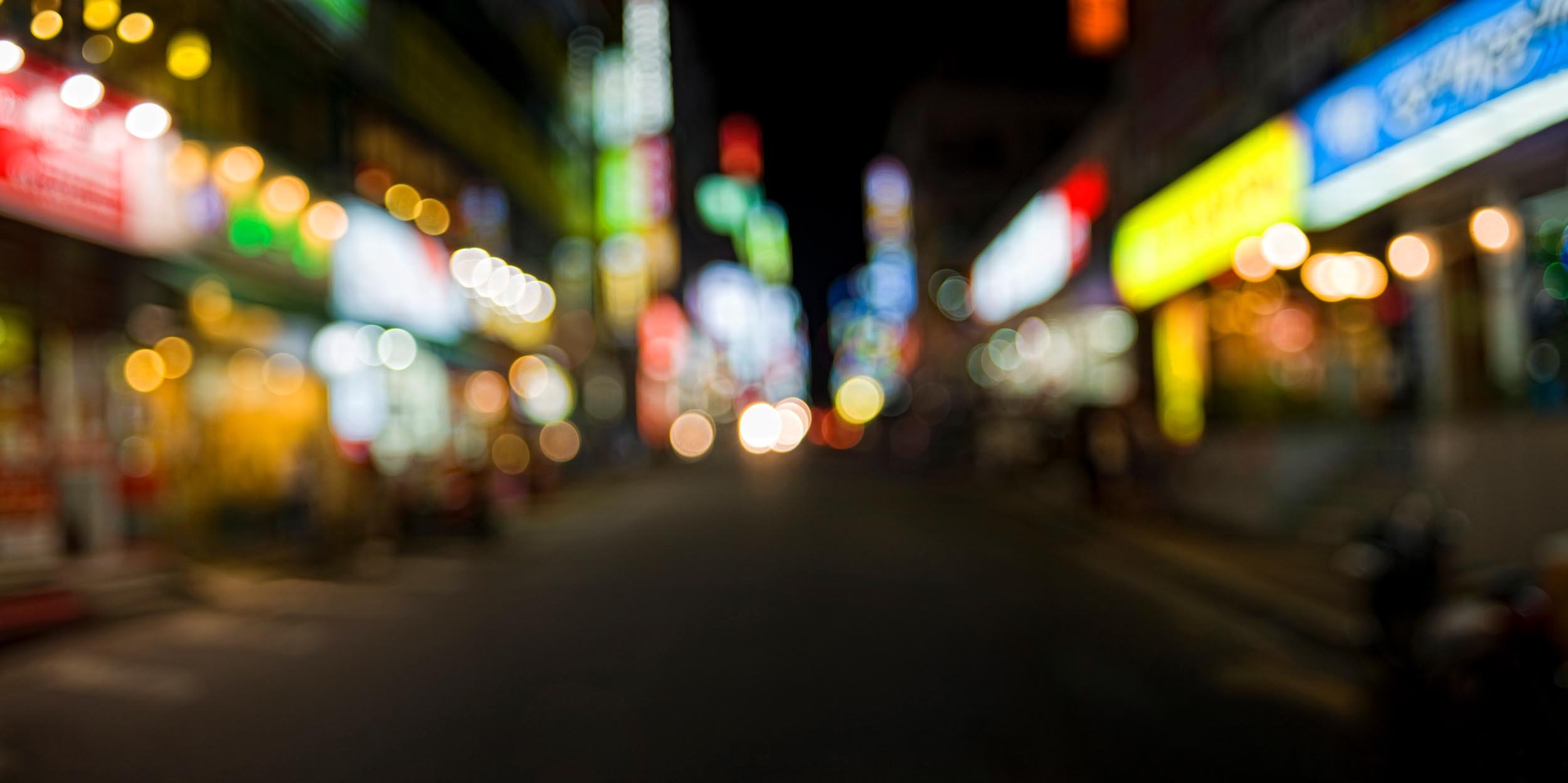
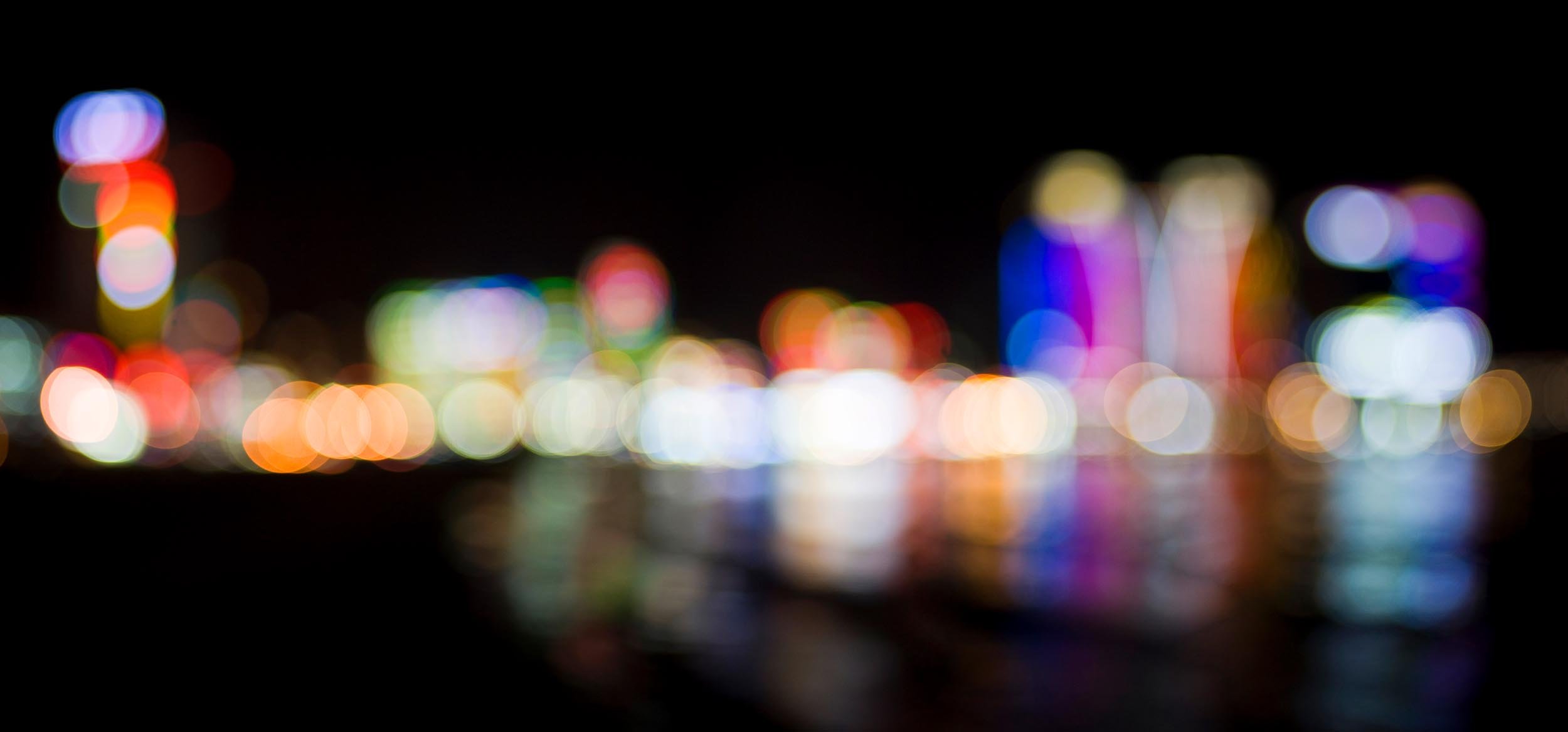
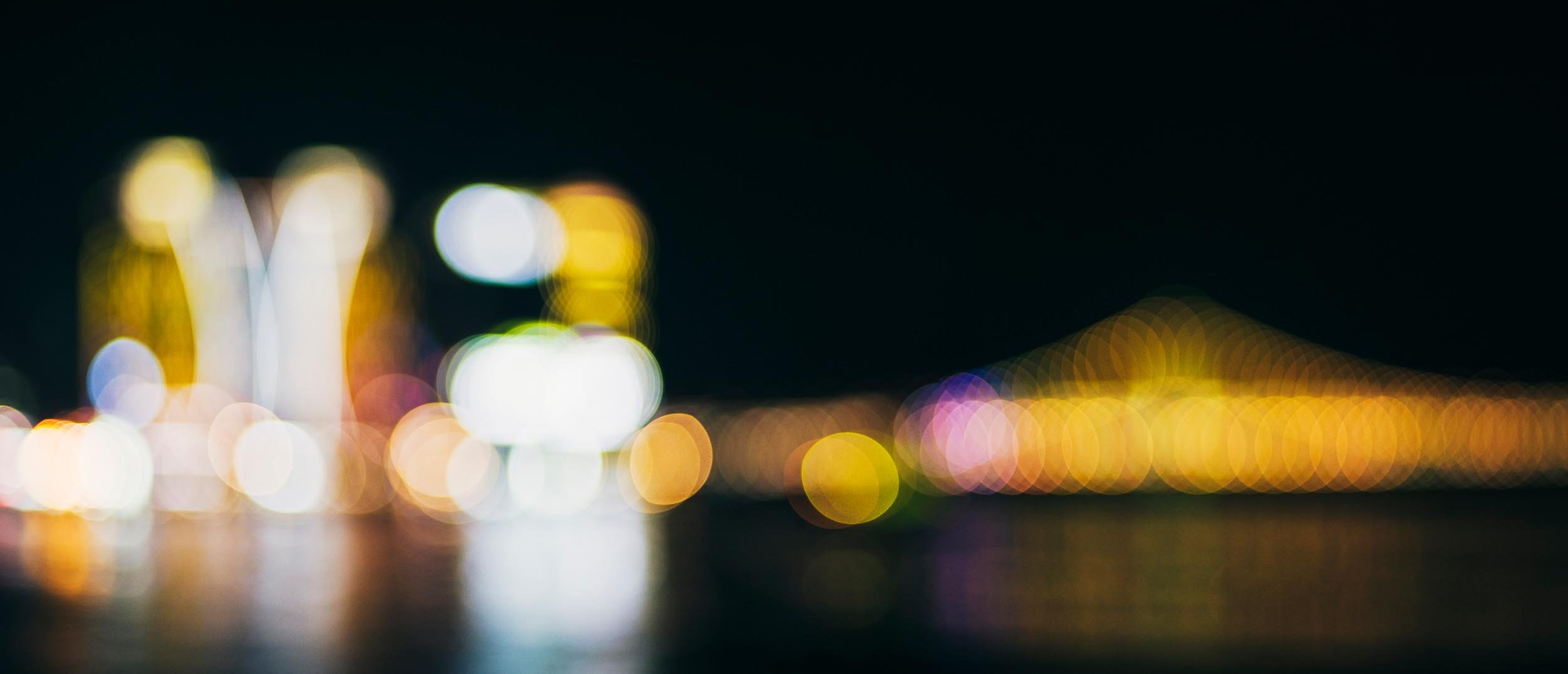
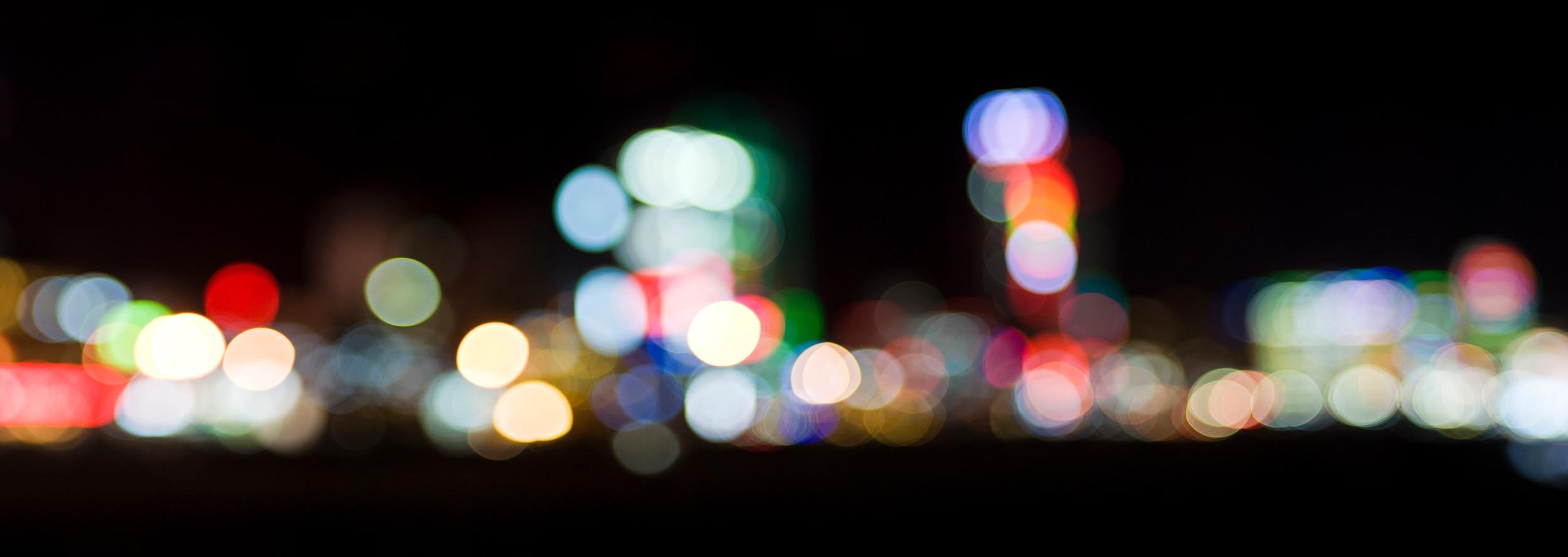
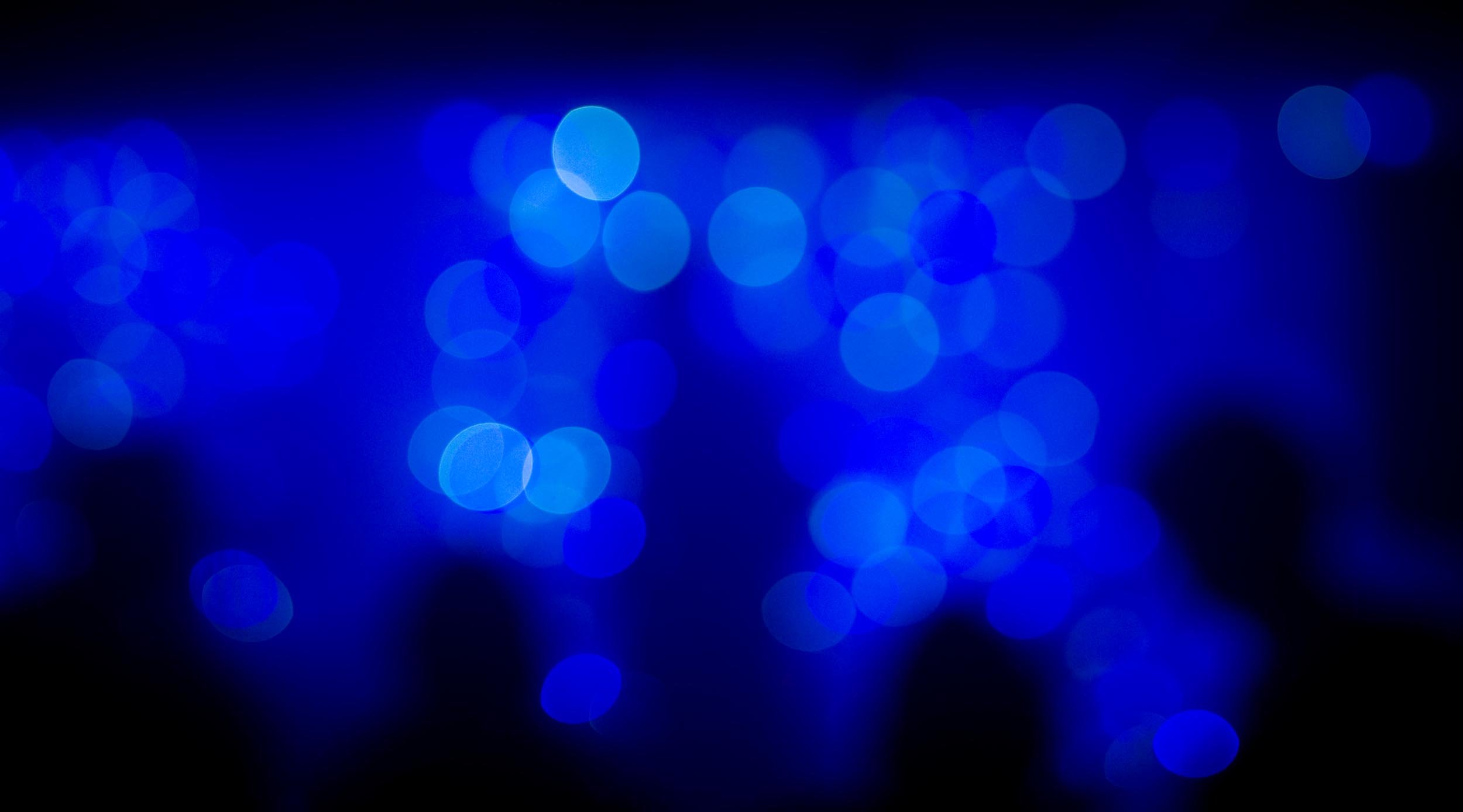
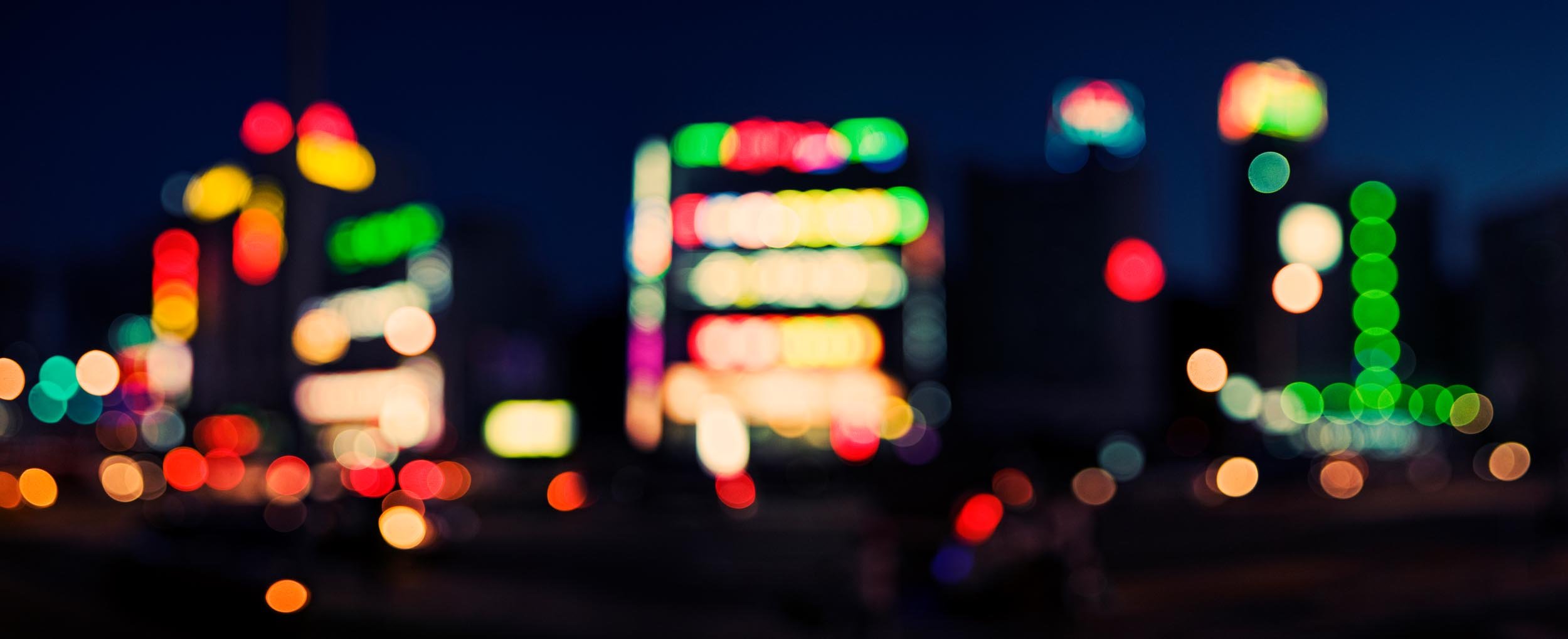
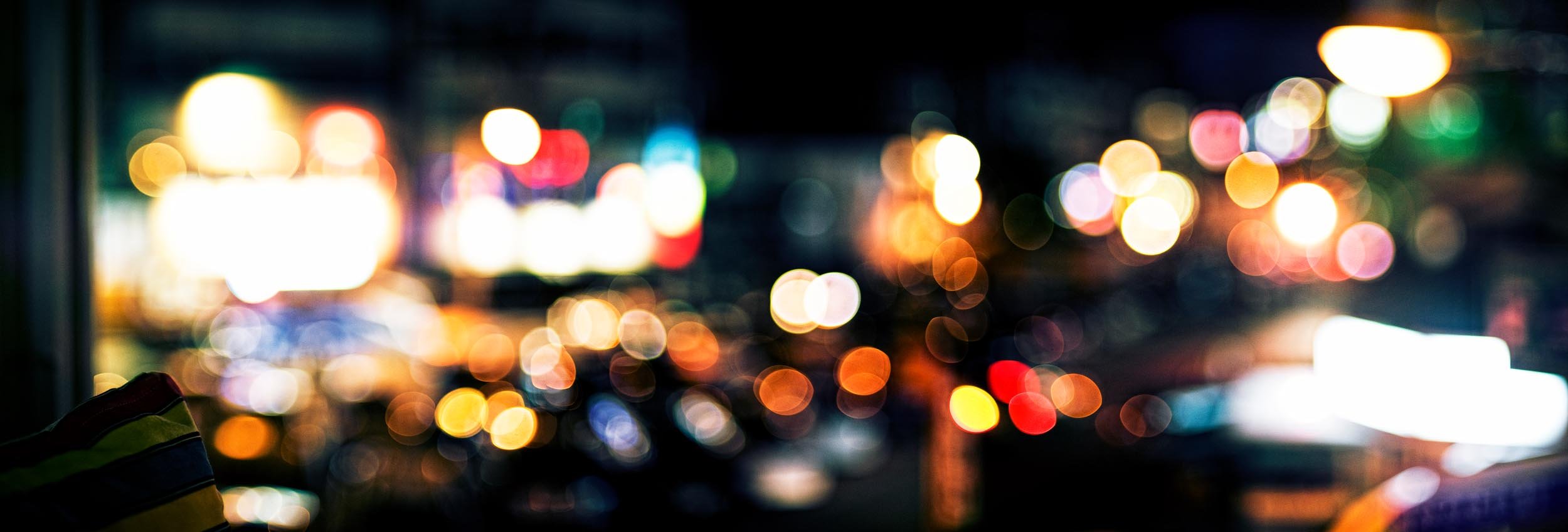
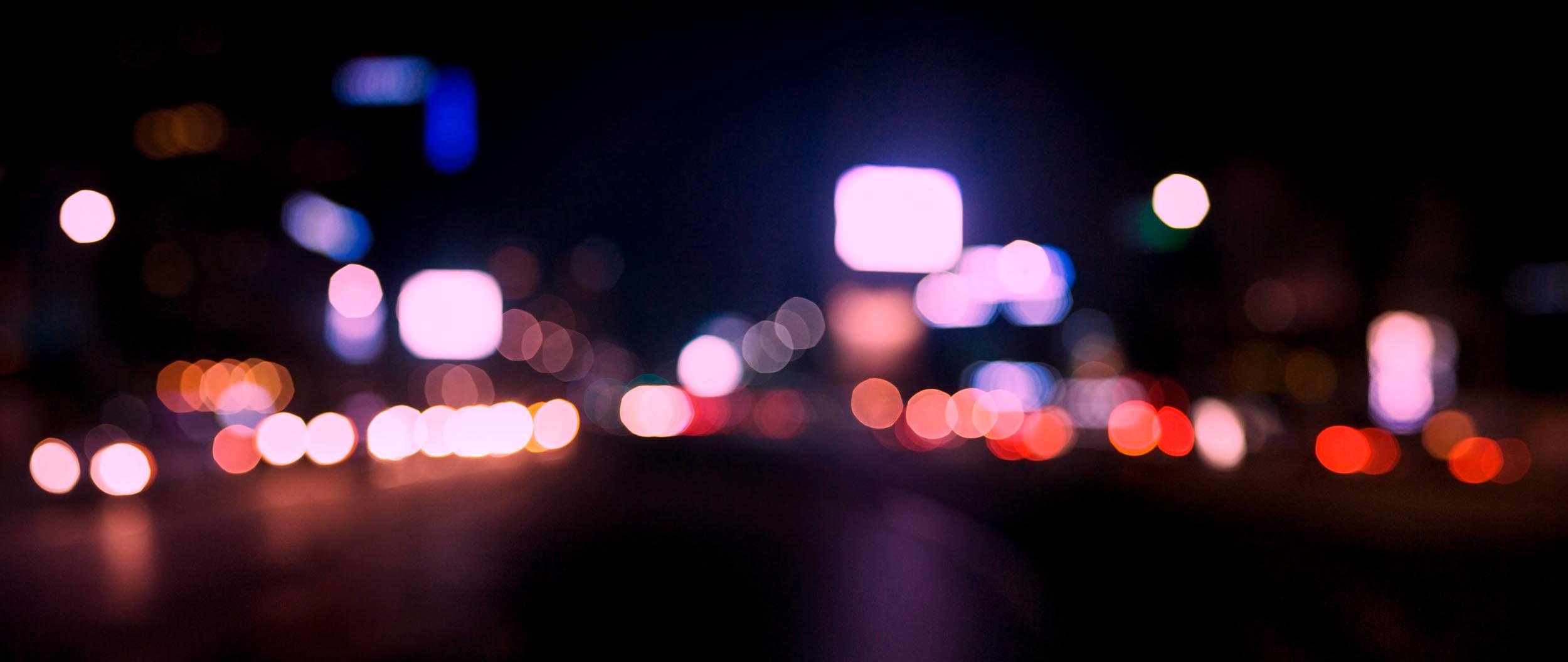
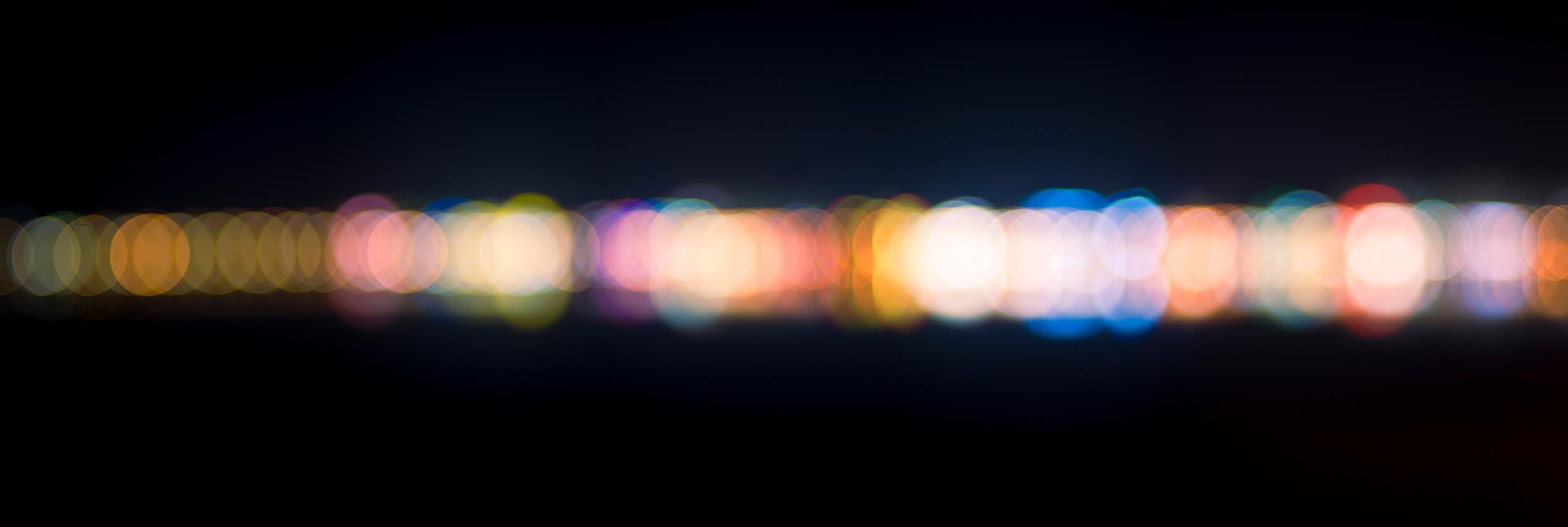
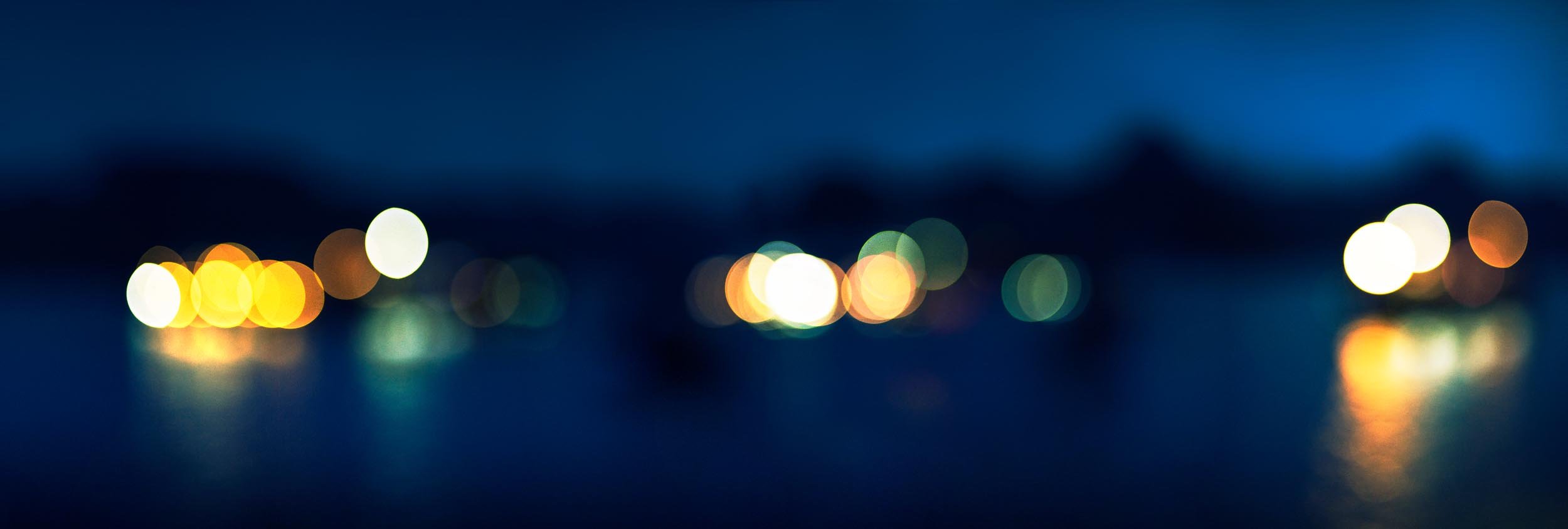
#Setsof10 #Bokeh #Light #Outoffocus #beautifulblur #SouthKorea #Urbanlight







